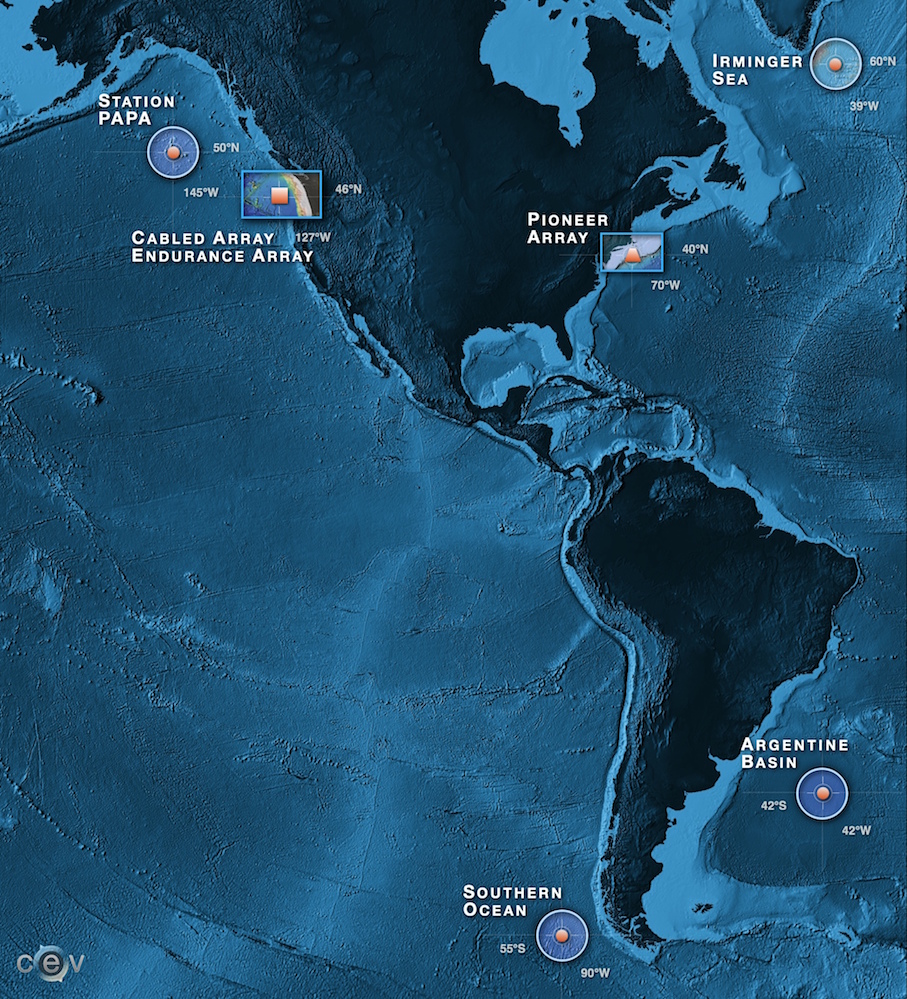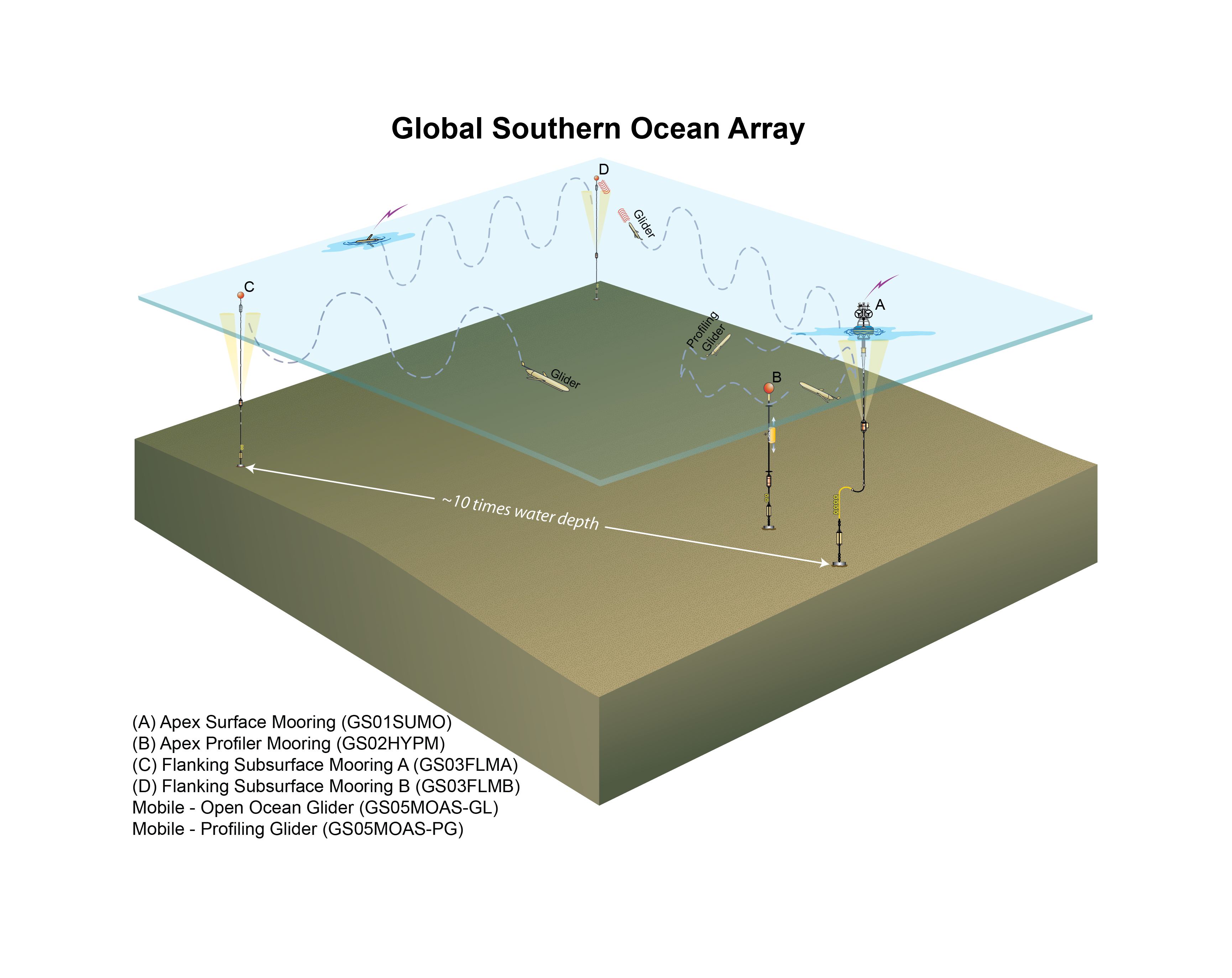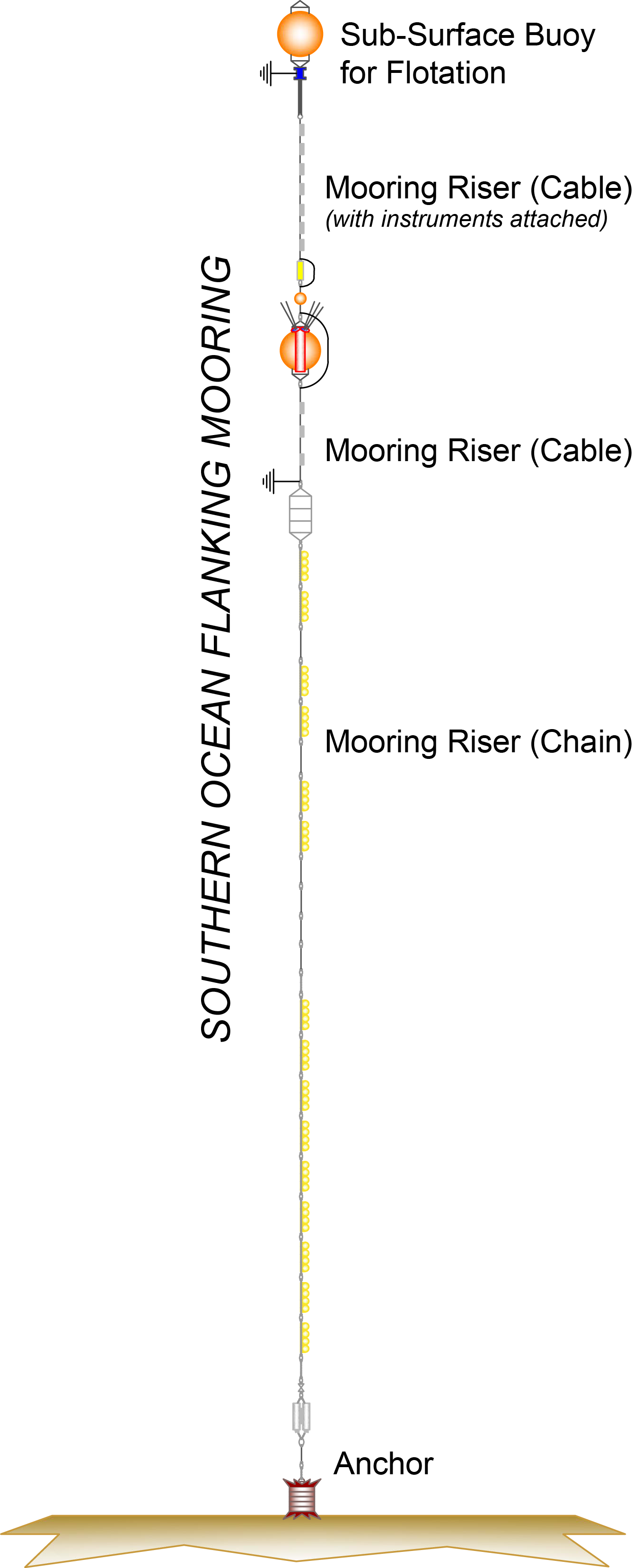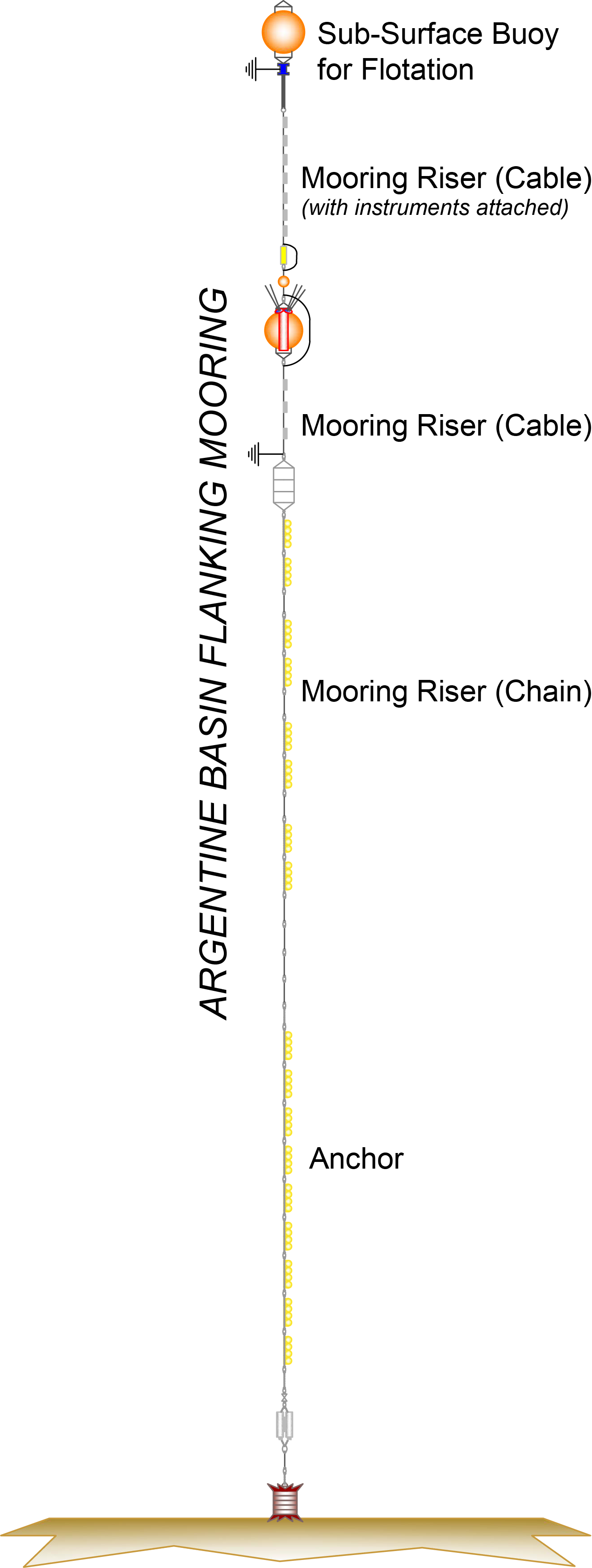Data Activity 3
Chlorophyll Patterns in Polar Oceans Concept Invention
Your Objective
Use chlorophyll-a concentration data, from the 3-wavelength fluorometer, over time to investigate patterns in chlorophyll-a concentrations, as a proxy for phytoplankton biomass, in the polar Atlantic Ocean (Global Argentine Basin Array) and Pacific Ocean (Global Southern Ocean Array).

Wetlabs ECO Triplet 3-wavelength fluorometer instrument collected the data for this activity.
Challenge
What happens to the primary productivity in Polar Oceans over time?
Exploration
Investigate the Chlorophyll-a Concentration data over time from each station in the Polar Oceans.
Include datasets:
Explanation
Recall that the research challenge you are trying to address is: What happens to the primary productivity in Polar Oceans over a year?
As you consider the data you are investigating, write a reflection on the following questions:
- What did you learn about patterns in primary productivity in the Polar Oceans over time?
- What questions do you still have about primary productivity in the Polar Oceans?




